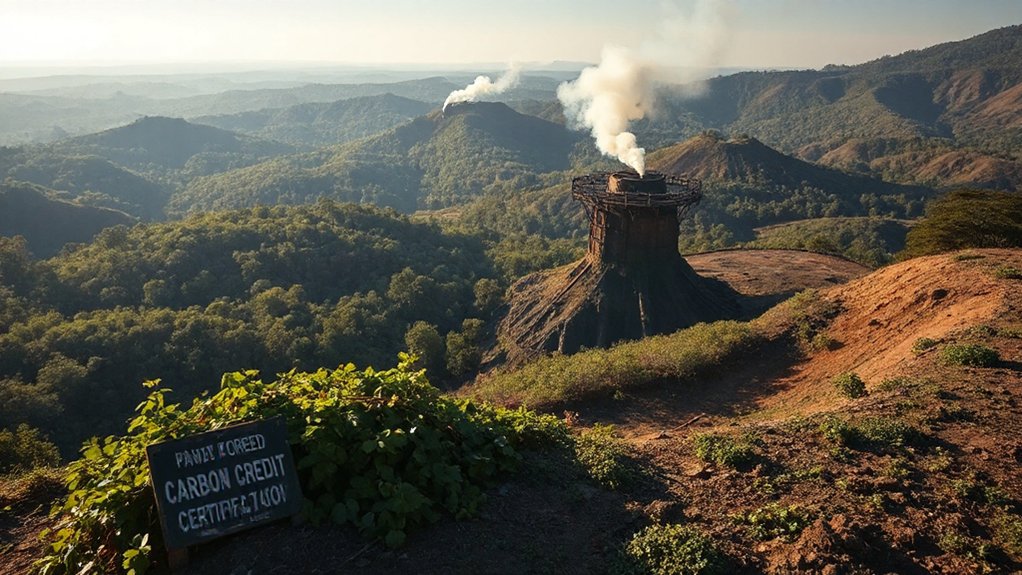Numerous climate activists are taking a page straight out of history—literally. They’re calling themselves “carbon abolitionists” and modeling their movement after those who fought to end slavery in the 19th century. Because apparently fighting planetary destruction requires the same moral clarity as fighting human bondage. Not a subtle comparison, but hey, desperate times.
The strategy isn’t just symbolic posturing. Four historical movements—abolition of slavery, 1930s labor rights, civil rights, and clean air victories—offer actual blueprints for tackling entrenched economic powers. Each succeeded despite facing opponents with deep pockets and deeper political connections. Sound familiar?
Just as abolitionists challenged the idea that humans could be property, climate activists are questioning whether corporations should have unlimited rights to exploit natural resources. It’s a fundamental rethinking of property rights. The earth isn’t just another commodity to use up and discard. The transition to renewables represents a sustainable alternative to fossil fuels, which are finite resources that will eventually be depleted.
The fossil fuel industry isn’t just a few oil companies. It’s a complex web of banks, insurers, institutional investors, corporate buyers, captured regulators, and transnational interests. They resist change through lobbying, spreading misinformation, and even criminalizing protest. They learned their defensive playbook from slaveholders.
Today’s fossil fuel complex operates like a vast ecosystem of enablers, deploying the same resistance tactics once used to preserve human bondage.
Breaking this power requires more than polite requests for change. Effective climate action means employing tactics that worked before: moral framing, economic disruption through strikes and boycotts, targeting financial enablers, dividing elites by forcing sectors dependent on fossil fuels to confront extractive industries, and fundamentally reshaping legal structures. Author Kevin Young emphasizes building a multiracial, working-class coalition as essential for achieving climate justice. Resources like “A People’s Guide to Abolition and Disability Justice” provide essential frameworks for understanding how intersecting movements can create meaningful change.
The movement has notched some wins—divestment campaigns, blocked pipelines, renewable energy growth. But progress remains frustratingly slow against the climate crisis timeline.
History teaches that fundamental change requires mass mobilization across race and class lines, not just legislation. The abolitionist comparison makes one thing clear: half-measures won’t cut it. The climate crisis demands complete transformation, not incremental reform. The question remains whether society can muster the collective will in time.
References
- https://digitalcommons.pace.edu/cgi/viewcontent.cgi?article=2020&context=lawfaculty
- https://pmpress.org/index.php?l=product_detail&p=1578
- https://www.zinnedproject.org/materials/abolishing-fossil-fuels/
- https://www.texaspolicy.com/energy-and-freedom/
- https://trimtab.living-future.org/trim-tab/what-can-the-abolitionists-teach-us-about-climate-change/
- https://democracyjournal.org/arguments/i-am-a-carbon-abolitionist/
- https://www.peoplesworld.org/article/dethroning-fossil-fuels-rise-of-the-new-abolitionists/
- https://tedxlondon.com/podcasts/how-oil-executives-use-slaverys-playbook/









